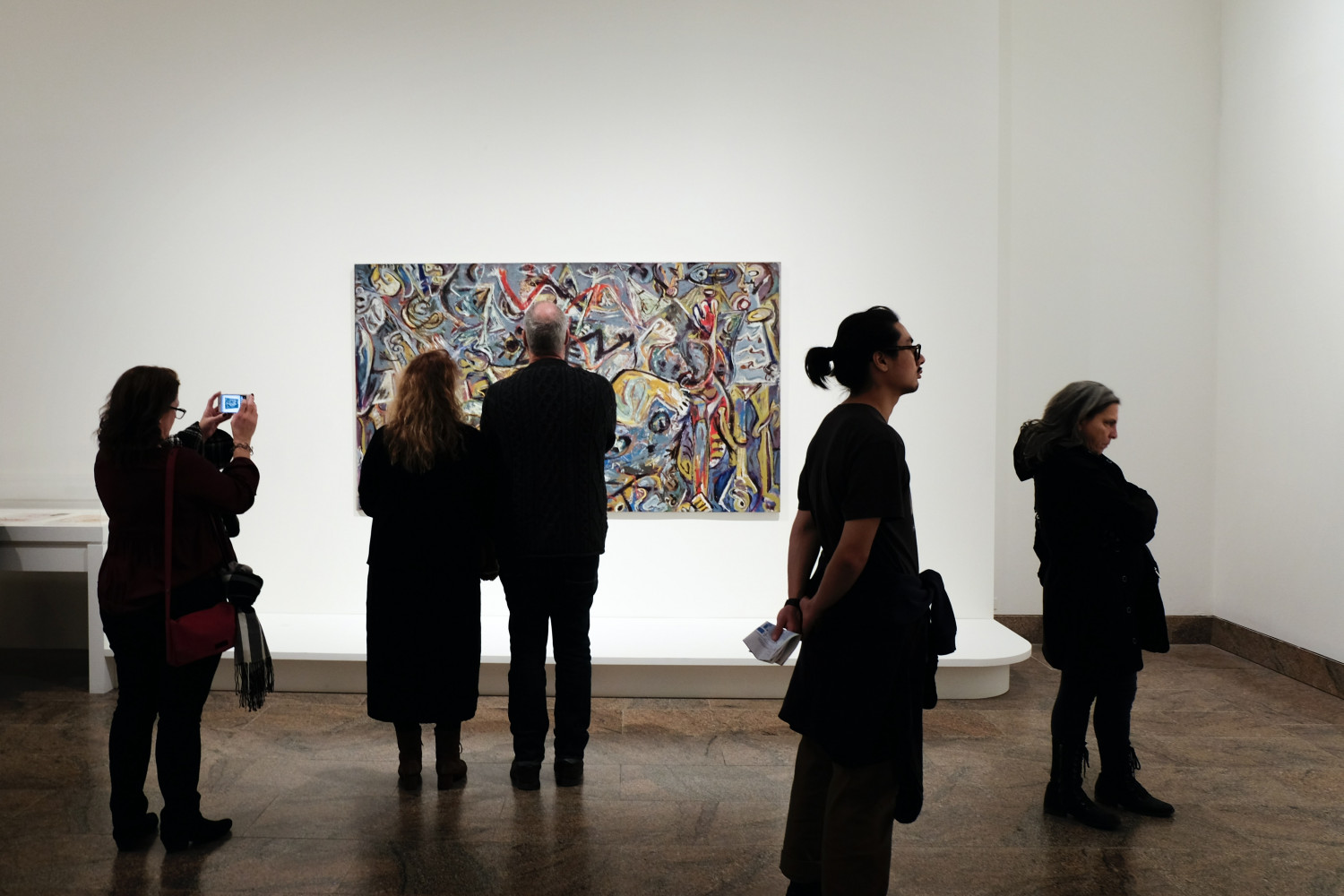
Does the rise of the Slow Art Movement illustrate the need for an escape from mass production and over-consumption of content?
We have never had more access to content, arts and information than we do right now, all of which can be obtained in seconds through the click of a button, anywhere in the world.
The struggle with mass produced content is the pressure to keep up with it by generating fast-paced, timely works in a bid to stay relevant.
In recent years, there’s been a shift towards a slower way of living and consumption. Slow food encourages consumers to consider what they eat and opt for sustainable produce and slow fashion is making a resurgence. Now, slow art envisions a break from fast entertainment to encourage audiences to sit and appreciate a body of work, and allows artists more time to make them.
One example of Slow Art practice is the Tate Modern Pierre Bonnard exhibition that showed in 2018. As part of the exhibition, Tate Modern planned ‘slow looking’ sessions for paintings of French artist Pierre Bonnard, which curators believed were best enjoyed if visitors took their time while viewing them.
Curator Matthew Gale said the paintings “really reward close and extended scrutiny”, and encouraged museum-goers to challenge themselves to spend lengthy periods of time on each artwork to appreciate the depth and details in each work.
In the past decade, the need for slow art has increased as the art world observes an unhealthy cultural bias towards speed that informs gallery and museum experiences.
Slow art is circumventing the ‘more is more’ ethos in today’s world, and heightens the experience of mindfulness.
Less is More Ethos
The proliferation of technology has allowed creators to hastily churn out art without regard for waste or the environment. Slow Art is able to counteract this rapid process, allowing artists to source ethical and sustainable materials, take their time to create the work and carefully curate exhibitions to eliminate waste of resources.
This shift is steering away from the ‘more is more’ culture that society has indulged in for decades, and allows artists and audiences to find a deeper appreciation in the artwork, acknowledging the time taken to make the work and giving that time back to the creator and artwork in the form of deeper observation and slow appreciation.
Slow Art as Mindful Practice
The ever-changing cycle of entertainment leaves little breathing space for audiences, as we endeavour to keep up with endless new content, and leads to burnout in artists who feel the pressure to produce fast works.
Art that is intended to be viewed slowly provides an escape from an oversaturated stream of content, encouraging participants to create healthy habits such as patience, mindfulness and deeper thinking.
In a society that is forever speeding up, slowing down has become an act of rebellion and luxury, and slow art is championing change within areas of entertainment and leisure, encouraging audiences to consume less and appreciate more.


